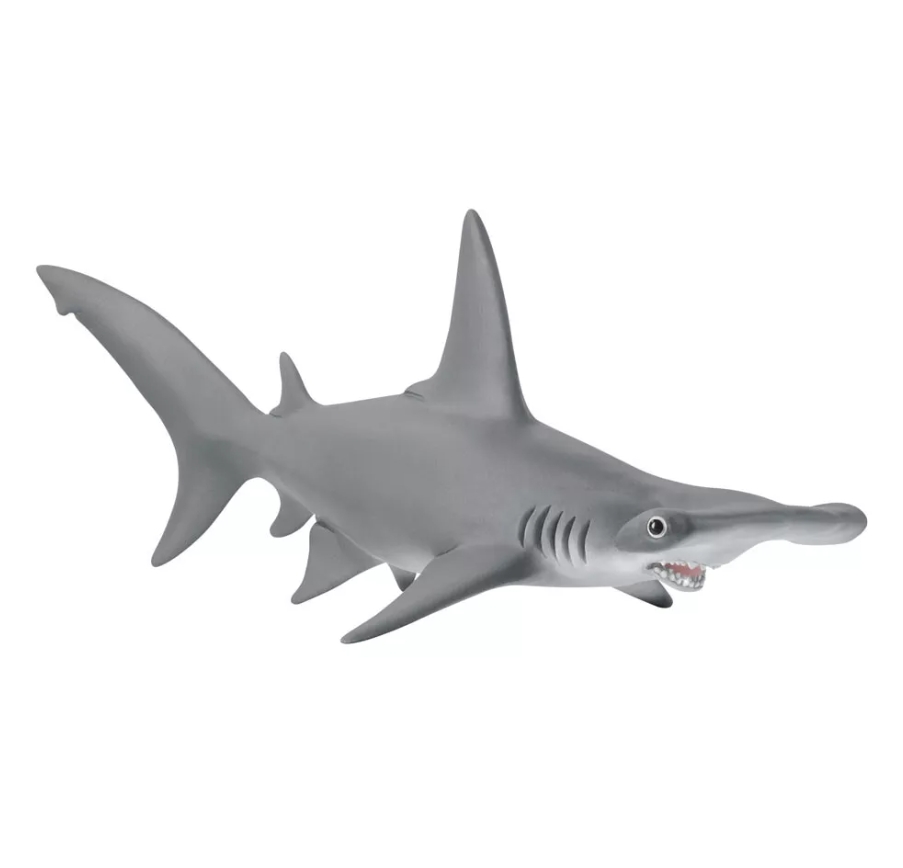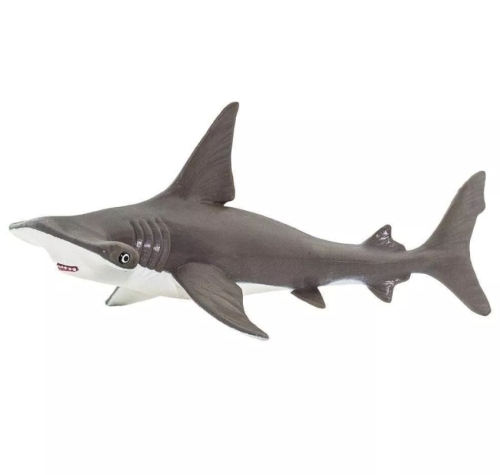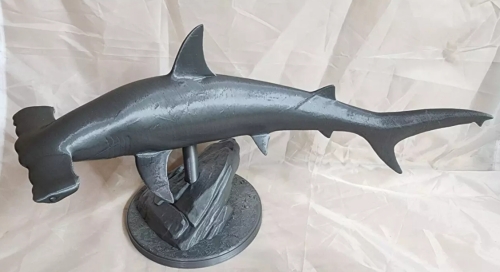The hammerhead shark is a unique and fascinating Marine creature known for its distinctive head shape. The hammer-like, broad and flat head of this shark is not only striking in appearance, but also contributes to its ability to hunt and navigate.
This unique head structure of the hammerhead shark is called the "hammerhead" and helps enhance its sensory functions. Hammerhead sharks' eyes are located at either end of their heads, allowing them to greatly increase their field of vision and better detect prey in their surroundings. In addition, the hammerhead design also improves their ability to smell and locate prey more accurately, especially in murky waters. This adaptation has made hammerhead sharks the top predators in the ocean food chain.
There are many species of hammerhead sharks, including the great hammerhead shark, the flat hammerhead shark and the small hammerhead shark. They are usually found in coastal areas and open ocean, preferring to swim in warmer waters, especially in shallower areas. Hammerheads are social animals and often swim in small groups, which not only enhances their hunting success but also provides protection from their peers.
Despite their important role in the Marine ecosystem, hammerhead sharks face a variety of threats to their survival. Overfishing and habitat destruction are the main causes of the hammerhead shark's decline. Fishermen in many places harvest these sharks specifically for their fins, which puts extreme pressure on hammerhead shark populations. Therefore, the protection of hammerhead sharks and their habitat is particularly important.
In recent years, many countries and organizations have realized the importance of protecting hammerhead sharks and have begun to take steps to limit fishing, strengthen laws and regulations, and conduct conservation research. The hope is that these efforts will help restore hammerhead shark populations so that they can continue to play an irreplaceable role in the Marine ecosystem.
















